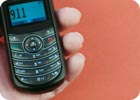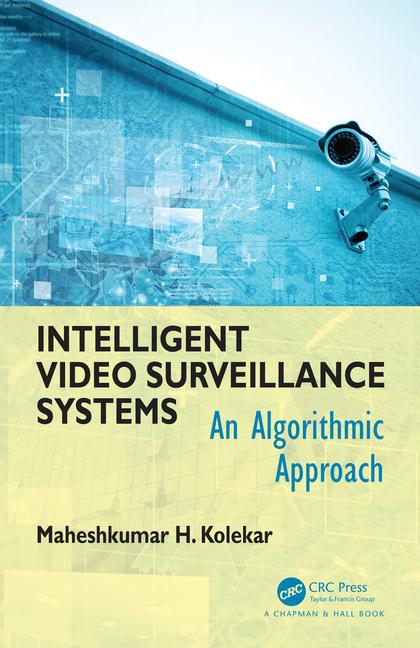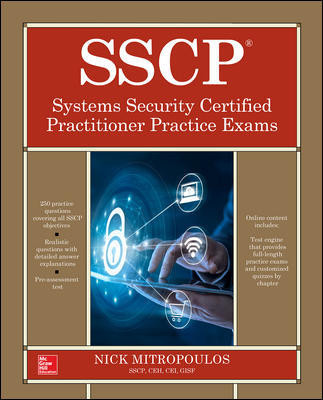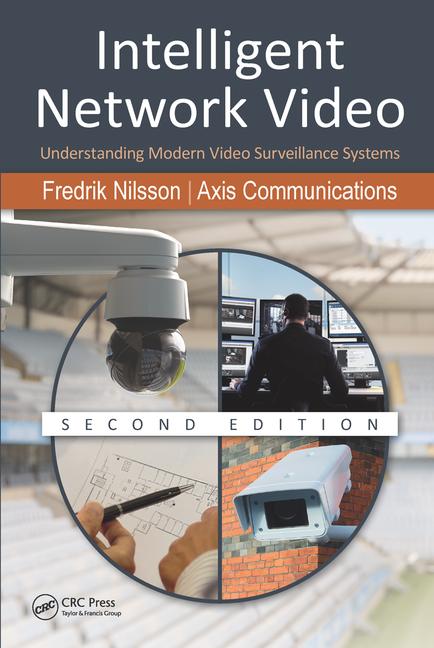Mobile Phones as Emergency Alert Systems

Many schools now feel obligated to install some type of mobile phone system whether it makes sense at their particular campus or not.
After the Virginia Tech shootings there was naturally a resurgent flurry of activity surrounding the specification, selection and deployment of emergency alert systems for campus populations that tie mobile phones into the mix.
“Resurgent” because this genre has certainly been visited before, often several times by school after school. So what has been holding up the deployment of what appears on the surface to be a natural fit for quickly reaching thousands of known recipients? The basic desire to leverage the technology of the mobile phone for emergency alert systems in its simplest form seems obvious, until upon further exploration a plethora of complexities arise.
One such barrier has dissipated on its own over the years – the pervasiveness of mobile phone devices among campus populations. Today, most students, faculty and staff arrive with their own devices in tow. As that barrier falls, others arise as a result. Is the school now obligated to supply devices to those who don’t already own one? Can school authorities legally demand that all campus personnel supply their private cell phone numbers to the school authorities and, if not, how does the school successfully encourage the entire campus population to opt in?
NO GUARANTEE
Is there a guarantee that the alert system, however it is configured, will work equally on all platforms, networks and devices? If someone does not receive the alert in a timely fashion, is the network carrier potentially liable for possibly harmful results of undelivered messages? Is there enough cell tower capacity to handle the upsurge in use during an emergency and can that added cost be justified if only used once or twice a year?And, unfortunately, the most common barrier to date has been the annual cost of these systems, which have not always fit into current school budgets. Like insurance, schools have to weigh how much they are willing to spend on a system, hoping they may never need it. And then this – if the campus population’s mobile phones are part of an emergency alert system, can the school continue to maintain a policy of no cell phones turned on during class to combat the recent issue of using text messaging to cheat on exams, a policy many schools have implemented?
After Virginia Tech, many schools now feel obligated to install some type of mobile phone system whether is makes sense at their particular campus or not. In the event something out of the ordinary does happen, they will not be liable for not having a system in place. Will the system solve the problem? That has yet to be seen. The school’s liability issues will be covered but will it save lives in the case of a campus shooter? The mobile phone part of the system has already been used for hurricane alerts and cancelled classes, all of which have more response time available to the recipient than a potential campus shooting.
And so far, no one has stated what the message at Virginia Tech would have been, if they had had their impending mobile alert system already in place. There was a shooting in a dorm, so would the school have told everyone not to go to class and stay in the dorms, which may have appeared to be less safe than the classrooms? For schools dealing with impending disasters, such as severe weather or close proximity to a chemical plant, these systems can be more than justified. Many of these campuses have been proactive in having a system in place. For other locations, a rush to add the mobile phone technology into their emergency alert system that consumes a decent piece of the budgets may not be the best approach.
There are several vendors who are addressing all these issues one way or another. One example: MessageOne provides a system called AlertFind, in which the school contracts for the estimated amount of voice minutes and text messages and can buy more as needed. It’s hosted on secure and redundant infrastructures at off-site disaster recovery data centers. Such a design offers ad-supported text service free to both the university and the recipients, with emergency alerts completely free. MIR3 is a high-end system that offers an on-site or off-site hosted solution. ClearTxt is a text messaging system that is very “school” oriented by including notification of a wide range of school activities. UIEvolution, a software company that provides a platform for the development of device and platform-agnostic mobile applications, suggests that those schools who expect emergency alerts to be few and far between might want to consider building a feature rich application that is considered “the school app” used by everyone on campus for everyday activities, in addition to the occasional emergency.
This could be financially justified more easily due to the heavy use and increased campus communication on a variety of levels, be a means of communication that is then familiar to everyone in emergency situations, addresses the issue of getting everyone to opt in and be tailored to communicate to an intricately segmented database. In addition, it could also be connected to the other emergency alert systems for one touch notification.
Looking for a reprint of this article?
From high-res PDFs to custom plaques, order your copy today!







